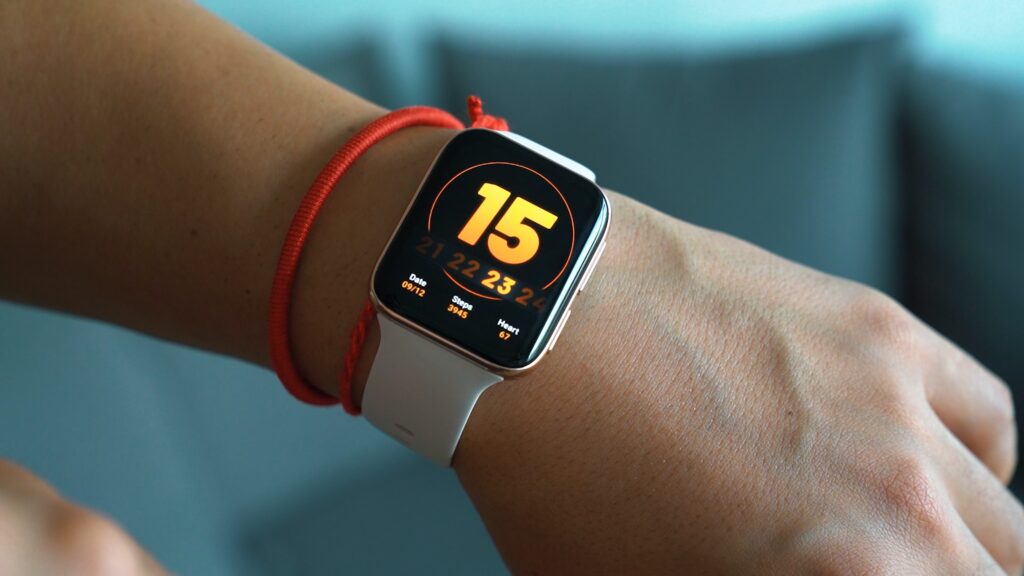Saving important files on your phones has become an everyday thing. It helps you access them on the go.
But every once in a while you encounter the frustration of losing that crucial file (it could be those eye-catching photos from your recent vacation, a saved recording, videos or other equally important files).
If you find yourself in this position, don’t worry, this blog post contains information that will help you recover those files with ease.
Recovering Temporary Deleted files
Most of the in-built Apps you use in accessing your files in various formats on the iPhone have a temporary space for keeping those files you just deleted.
You can easily recover them by following these steps.
1. Recover deleted photos and videos
The Photos App on your iPhone is where you access all your captivating photos and beautiful videos.
Files you delete from this app are saved in a hidden folder for a grace period of 30-days. Here are the steps to help you locate and recover those deleted photos and videos.
- Tap Album at the bottom of the Photos App Screen.
- Keep scrolling down until you see the Recently Deleted folder.
- Tap the folder. You will see all the photos and videos you deleted in the past 30-days alongside information on the days each photo or video has left to stay in the folder.
- Tap the photo or video you accidentally deleted.
- Tap recover and confirm by tapping recover photo. The photo or video will be restored to its previous location before you mistakenly delete it.
2. Recover files you deleted from the Files App.
Files App gives you the luxury of managing and organizing all your important documents and other large-size files seamlessly.
Similar to the Photos App, files deleted in this app are kept in a separate folder for a grace period of 30-days. You can recover recently deleted files in Files App by following these easy steps.
- On the Files App, tap browse.
- Then, tap the Recently Deleted folder on the new screen.
- You can go ahead and tap Select at the top right corner and select the file you want to recover.
- Tap on Recover at the bottom and confirm the action or Recover All if you need all the files in the folder.
Recovering permanently deleted files
Since the iPhone inbuilt Apps gives only 30-day grace for you to recover your mistakenly deleted files, you may be wondering if it’s possible to recover files you have deleted for over 30 days or files you lose as a result of memory wipe-out and poor jail-breaking.
The answer is a big YES. It is possible to recover your permanently deleted files. The truth is that files you deleted from your phone do not disappear into thin air. It remains in your phone but none of your inbuilt Apps can access them. What next, then?
You will need to use the service of professional and reliable IOS data recovery tools that permits you to restore files on your iPhone even when they are permanently deleted.
But there are tons of those tools out there that may get you confused. What is the best recovery tool to use?
Based on their ease of use, compatibility with various operating systems, support of various file formats, and reliability, below are the best IOS recovery tools.
- Tenor share
- FonePaw
- Disk Drill 4
- Apeaksoft
- Wondershare
Although all the recommended recovery tools have slight differences, they all have similar steps in recovering your permanently deleted files as shown below.
- Install the latest version of any of the recovery software on your computer.
- Connect your phone to your computer and open the software.
- Select the type of file you want to recover from your iPhone and hit Start Scan.
- Preview the files you want to recover and click Recover at the bottom-right corner.
- GOOD NEWS! Check your phone for your lost but found file.
Alternative Backup Services
We know that iPhone has created iCloud to help its users backup and restore data anytime as long as they are connected to wifi.
Considering that iCloud only gives 5GB of free storage space and when you delete a photo from your iPhone it will also be deleted from your iCloud Photo Library, you may want to try out other backup solutions especially if you are the type that takes and deletes tons of pictures on the iPhone.
Luckily, many services provide an instant upload of any photos you snap to a cloud storage space. In this article, we have listed the 3 best alternatives backup apps to ease iCloud storage pressure and help you recover deleted files eventually.
- Google Drive – If you need reliable and much bigger storage, Google Drive has an amazing 15GB free of storage space that is available for all your backup needs.
It allows you to save directly to the file system without using another application. What’s more? It lets you share files with friends
- Dropbox – Dropbox lets users create a unique Dropbox folder on their computer, and the folder will synchronize to your iPhone or any mobile device installed with Dropbox so that you can access the same folder with the same contents anytime anywhere.
- Box – The box is the optimal app built to work compatible with all iOS devices. The box is an iCloud close alternative for backup that will allow you to collaborate, share files and secure them as well.
Your files will be encrypted and decrypted both before and after sending. It is simple to transfer the files in security mode.
Conclusion
After reading this article to this point, you will realize that losing an important file is not the end of the road. You can always take another turn following the steps provided here to recover your files.
Most of the inbuilt apps for accessing your files have a separate space where temporarily deleted files are kept for a grace period of 30 days.
Other accidentally deleted files exceeding 30 days or as a result of memory wipe-out can be recovered using the suggested third-party software on your computer.
Alternatively, you can use other cloud backup services to ensure all your files are well backed up and available anywhere and anytime.
























